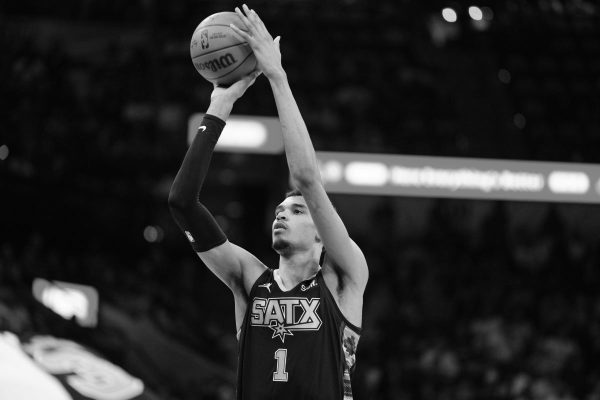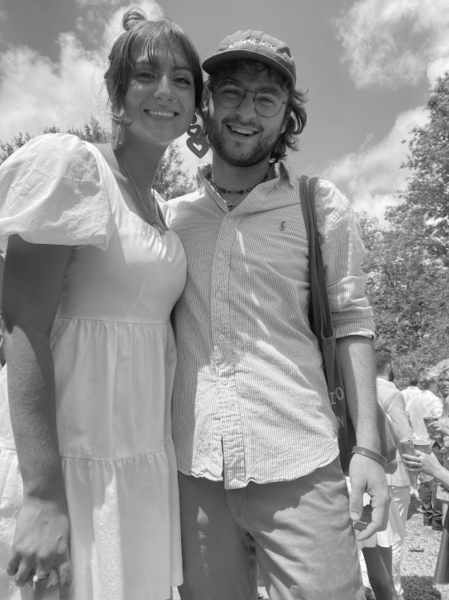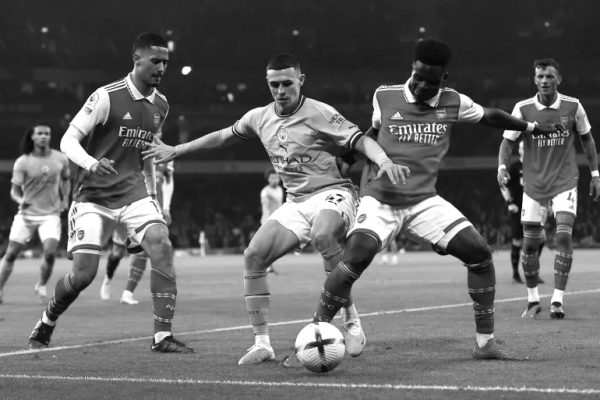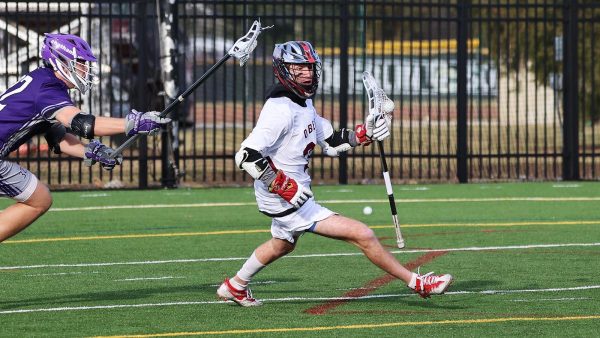Oberlin Swim and Dive Make a Splash In Virtual Competition
This past Halloweekend, the Oberlin College Men’s and Women’s Swim and Dive teams competed in their very first virtual meet. Competing against teams from Hiram College, Wittenberg University, and the Pennsylvania State Behrend, the Yeowomen earned three team victories and the Yeomen won two.
Each college competed against the clock in their own respective pools, with the times from each race being compared asynchronously. The North Coast Athletic Conference decided this summer that in-person competitions would pose a health risk, so all of the schools in the conference opted to compete in virtual meets for several sports.
“In swimming and diving, you can compete against multiple teams at once,” said Head Swimming and Diving Coach Alex de la Peña. “It is different when competing virtually, but at its core, it is the swimmer versus the clock.”
For both the swim and dive teams, the last two meets have gone really well. This past weekend, the Oberlin Women’s team swept a win over Hiram 194-69, dominated against Penn State Behrend 182-83, and beat Wittenberg 152-108.
The Men’s team were also able to squeeze by the Wittenberg Tigers with a 116-112 win and cruise past Hiram 144-60.
Diving Coach Tim Croy highlighted College fourth-year and diver Laura Young’s showing in this competition.
“She had a good performance in our first meet, then was excellent in our second contest,” he said. “She had a really good meet on the 3m board and set a personal record on 1m with a score of 208 points.”
The swim and dive teams’ last meet of the semester will be Nov. 19 – 21, before students go home for the semester for Thanksgiving. To prepare for these meets, the teams have been practicing five days a week with Wednesdays and Sundays off.
During a normal season, the teams would have weight training, dry land, and double swim practices a few days per week, in addition to practices. However, they have been able to condense training down for better COVID-19 prevention practices.
“We do dry land circuit training before or after each workout as well as stretching and abs,” de la Peña said.
Despite the restrictions on practices, the teams are still able to accomplish plenty in the 2.25 hours they have to practice each session.
Much of swimming and diving is focused on training and repetition, and both are also inherently socially distant sports, so unlike the other contact or semi contact sports at Oberlin, there haven’t been many changes for the teams, aside from not having in person competition and taking extra precautions.
The virtual competitions have been an adjustment for everyone, but de la Peña and Croy both feel the teams have showcased resilience during their past two meets.
“It has not been easy because the actual competition is not physically there, but they do a great job pushing themselves and their teammates,” said de la Peña.
Figuring out the logistics of warm up was the most difficult part of maintaining proper social distancing guidelines. To comply with ObieSafe rules, de la Peña has swimmers starting at either side of the pool, and some even starting in the middle of the pool; in a typical warm up, all the swimmers push off of the same wall.
“The meet itself is pretty straightforward,” de la Peña said.
De la Peña explained that the new virtual competition cuts competition time in half, and teams are also able to save a lot of time traveling. Overnight stays and long hours on the road would have been unsafe from a public health standpoint, making virtual competition a great alternative.
However, not being able to have competitions in person can be disheartening.
“There really is no substitute for being able to compete in person with another team and experience the excitement of a good diving competition or close swimming race,” Croy said.
For College fourth-year and freestyle swimmer Farzad Sarkari, virtual competition has challenged him in new ways. He also feels that virtual competition has brought the team closer together.
“It has been hard to push myself to go faster because I’m more of a person that needs to see who my competitors are but that is also the good thing, because then I can try to train myself to push forward without others around me,” he said. “Team wise, I feel we have gotten a lot closer and we know each other’s strengths and weaknesses more, so we can improve as a team.”
Not having spectators — especially for the bigger meets — can be challenging. However, the team streams all of their meets live on Instagram, and Coach de la Peña makes sure to remind his team that someone is out there trying to beat them.
“[Virtual competition] has taught the team to find the drive and to put their best effort forward without having a competitor—outside of teammates—there to push them,” de la Peña said.






